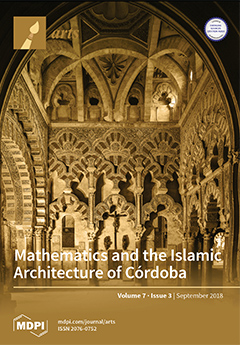Between the late 1980s and early 1990s, interest in the cyberpunk genre peaked in the Western world, perhaps most evidently when
Terminator 2: Judgment Day became the highest-grossing film of 1991. It has been argued that the translation of Katsuhiro Ōtomo’s manga
Akira
[...] Read more.
Between the late 1980s and early 1990s, interest in the cyberpunk genre peaked in the Western world, perhaps most evidently when
Terminator 2: Judgment Day became the highest-grossing film of 1991. It has been argued that the translation of Katsuhiro Ōtomo’s manga
Akira into several European languages at just that time (into English beginning in 1988, into French, Italian, and Spanish beginning in 1990, and into German beginning in 1991) was no coincidence. In hindsight, cyberpunk tropes are easily identified in
Akira to the extent that it is nowadays widely regarded as a classic cyberpunk comic. But has this always been the case? When
Akira was first published in America and Europe, did readers see it as part of a wave of cyberpunk fiction? Did they draw the connections to previous works of the cyberpunk genre across different media that today seem obvious? In this paper, magazine reviews of
Akira in English and German from the time when it first came out in these languages will be analysed in order to gauge the past readers’ genre awareness. The attribution of the cyberpunk label to
Akira competed with others such as the post-apocalyptic, or science fiction in general. Alternatively,
Akira was sometimes regarded as an exceptional, novel work that transcended genre boundaries. In contrast, reviewers of the
Akira anime adaptation, which was released at roughly the same time as the manga in the West (1989 in Germany and the United States), more readily drew comparisons to other cyberpunk films such as
Blade Runner.
Full article




